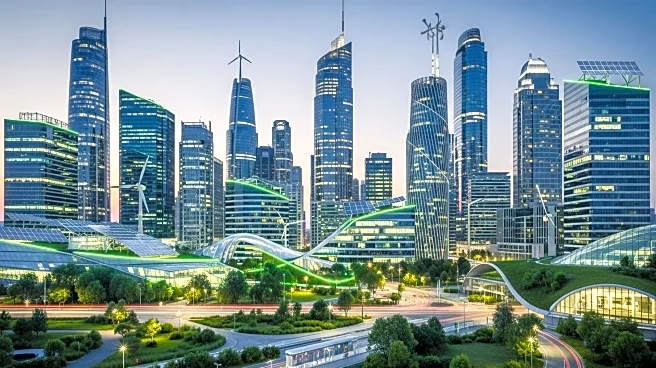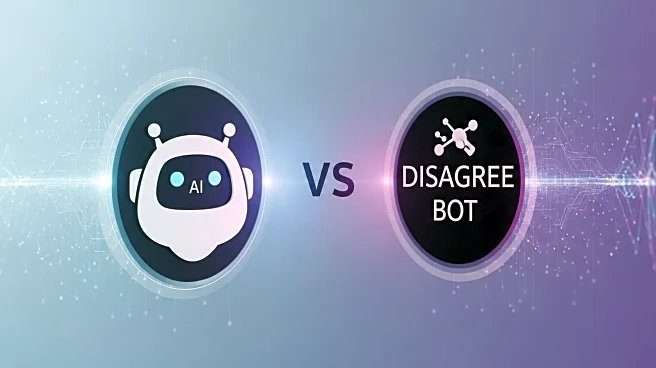What's Happening?
Recent advancements in artificial intelligence are being leveraged to create smart, environmentally friendly carbon-free cities. AI technologies are being integrated into urban planning to enhance energy efficiency, infrastructure planning, and environmental forecasting. Ensemble learning methods, particularly tree-based models like Extra Trees and CatBoost, have shown strong performance in predicting energy efficiency metrics. These models are being used to optimize heating and cooling loads, contributing to the development of sustainable urban environments. The focus is on creating smart cities that prioritize energy optimization and reduce carbon emissions.
Why It's Important?
The use of AI in urban development is crucial for addressing the challenges of climate change and resource management. By optimizing energy consumption and infrastructure planning, AI can significantly reduce the carbon footprint of cities, making them more sustainable and resilient. The integration of AI technologies into urban planning also supports the creation of smart cities that are better equipped to handle environmental and societal demands. This approach not only benefits the environment but also enhances the quality of life for urban residents.
What's Next?
As AI continues to play a pivotal role in urban development, cities will need to invest in technological infrastructure and data analytics capabilities to fully realize the benefits of smart city initiatives. Future developments may include the expansion of AI applications to other areas of urban planning, such as transportation and waste management. Collaboration between government, industry, and academia will be essential to drive innovation and ensure the successful implementation of AI-driven solutions.
Beyond the Headlines
The integration of AI into urban development highlights the potential for technology to drive systemic changes in traditional industries. By fostering innovation and efficiency, AI can transform urban environments into sustainable and livable spaces. Additionally, the focus on energy optimization and carbon reduction aligns with global efforts to combat climate change and promote environmental stewardship.











